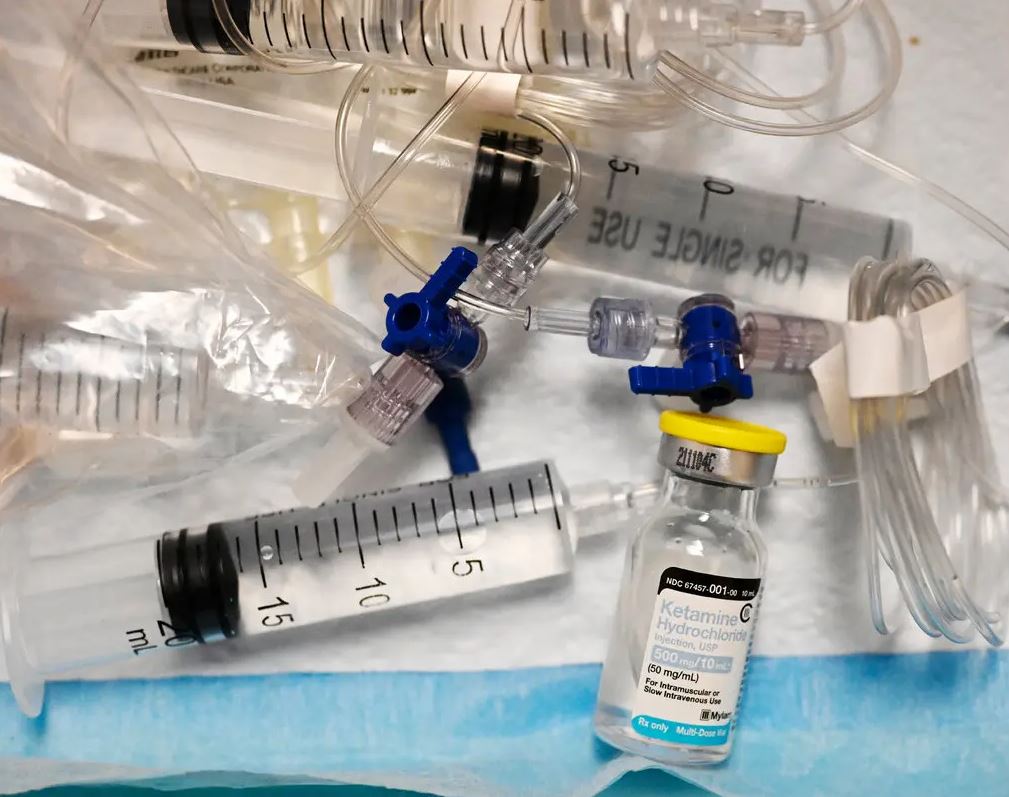Electroconvulsive treatment, or ECT, is now one of the fastest and most successful medicines for individuals with difficult-to-treat depression. A recent research reveals that the anaesthetic ketamine may be a potential alternative to ECT for certain patients. This research compares the two therapies head-to-head in the most comprehensive manner to date.
Patients who don’t react to at least two antidepressants have a condition that physicians refer to as “treatment-resistant.” This condition affects around one-third of patients who are clinically diagnosed with depression. Their alternatives for finding relief are severely constrained. Up to twelve sessions of electroconvulsive therapy (ECT), which has a well-established effectiveness but is contaminated by the stigma of previous overuse and terrifying Hollywood images of patients tied to tables and writhing in pain, are routinely recommended by medical professionals. Even though modern ECT is performed while the patient is under the influence of general anaesthesia, the practise is still not widely accepted.
In patients with treatment-resistant depression who did not have psychosis, the intravenous administration of ketamine was shown to be at least as effective as electroconvulsive therapy (ECT), according to the findings of a research that was released on Wednesday in The New England Journal of Medicine.
According to Dr. Anand, the results of the research that was funded by the Cleveland Clinic Foundation reveal that ketamine is simpler to give than other treatments, requiring fewer changes throughout therapy and leading to a lower patient dropout rate. Although intravenous ketamine may cause side effects such as dissociation, such effects are “not usually an unpleasant experience for patients,” according to Dr. Anand.
Although earlier research has shown that both treatments have the potential to be successful in individuals suffering from depression that is difficult to treat, the majority of that study focused on analysing the effectiveness of each therapy on its own.
The researchers gave 365 individuals either electroconvulsive therapy (ECT) or intravenous ketamine as a treatment. A little less than half were given ketamine twice per week, whereas the other half were given electroconvulsive therapy three times each week. At the conclusion of the treatment period of three weeks, 55% of those who were given ketamine reported a decrease in symptoms of at least 50%, whereas 41% of patients who were given ECT reported a reduction in symptoms of at least 40%.
According to Dr. Daniel F. Maixner, the head of the ECT programme at Michigan Medicine at the University of Michigan, who was not connected with the research, one of the limitations of the study was that the treatment period was only three weeks long, which may have resulted in an insufficient number of electroconvulsive therapy (ECT) sessions being administered.
In the beginning of their ECT treatment, the people in the research received electric currents on one side of the brain. Receiving electric currents on both sides of the brain may take 10 or 12 sessions, as compared to the nine that were utilised in the study, he noted.
Patients who begin their treatment bilaterally, electrifying both sides at the same time, frequently require fewer sessions throughout the course of their treatment. According to Dr. Anand, if the patients had finished a higher number of ECT sessions, then a bigger percentage of them may have responded to the therapy; nevertheless, this would have most certainly resulted in a greater number of adverse consequences.
relatively a tiny percentage of patients in both groups, less than 33 percent, went into remission, which indicates that they had relatively minor symptoms of depression. This leads one to believe that the patients will need further treatments in order to sustain whatever level of comfort they have achieved.
However, there are extra dangers associated with continuing therapy. Longer treatment with ketamine, for example, “increases the likelihood of both dependence on drugs and cognitive side effects, including dissociation, paranoia, and other psychotic symptoms,” a professor of mental health at the University of Colorado named Dr. Robert Freedman wrote in an editorial that was published alongside the study.
However, these studies may have included a greater number of inpatients as well as those suffering from psychotic depression, for whom ECT tends to be especially successful. Previous research shows that ECT remission rates may be significantly higher — frequently at least 60 percent — but these trials may have included patients with psychotic depression.
Researchers and doctors are utilising ketamine intravenously despite the fact that it has not been licenced by the Food and Drug Administration for the treatment of mood disorders. This is in contrast to its cousin esketamine, better known as Spravato, which is delivered via the nasal route and is used to treat these conditions. According to Dr. Anand, most doctors believe that intravenous ketamine is either as effective as or more successful than esketamine for the treatment of depression that is resistant to therapy.
Later on in this year, Dr. Anand and his colleagues will begin the patient recruitment process for a bigger trial that will compare electroconvulsive therapy (ECT) to intravenous ketamine in the treatment of severely suicidal and depressed individuals. The majority of the participants will most likely be hospital inpatients. According to Dr. Anand, they will also investigate whether or not there is a correlation between age and the impacts.

